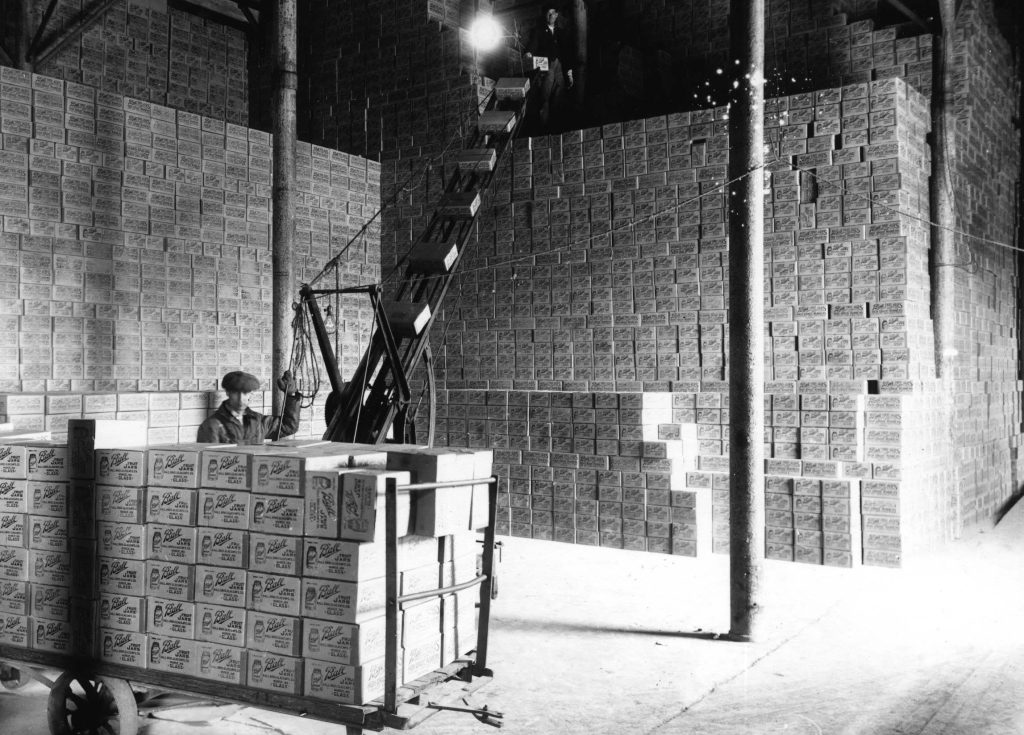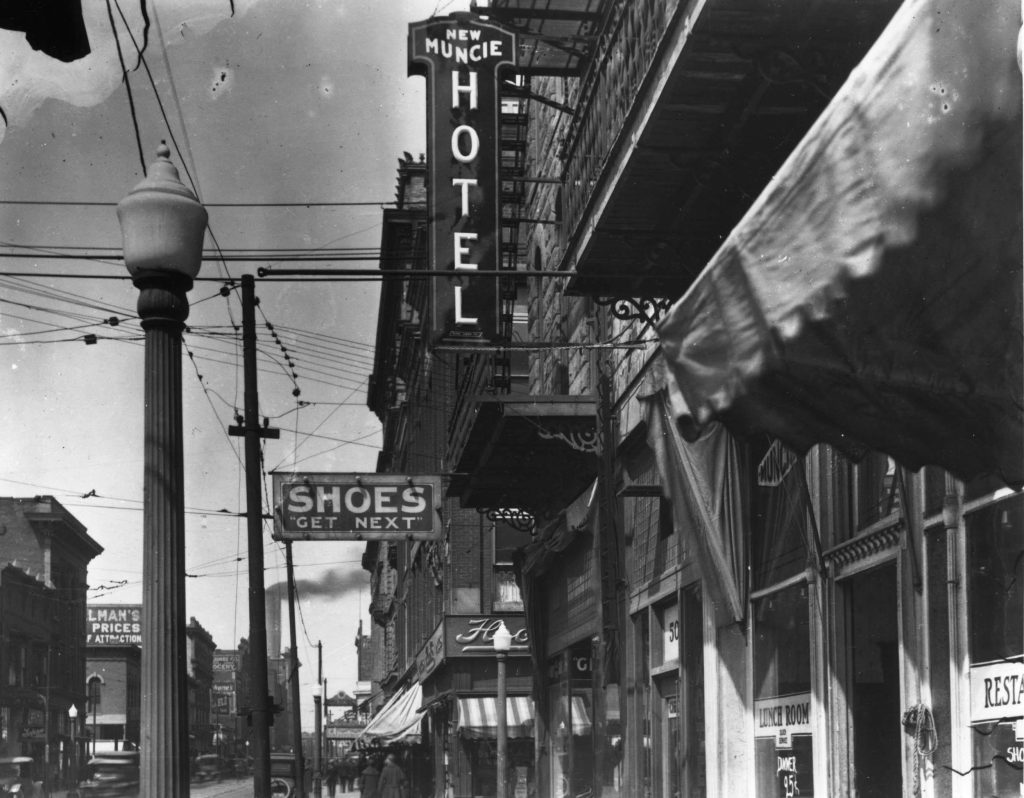NATIVE AMERICAN LEGACY
The city of Muncie gets its name from one of the two primary languages (“Munsee” and “Unami”) of the Lenape Native Americans who lived in Delaware County from the 1790s until 1821.
After the American Revolution, numerous Native groups formed the pan-tribal Western Confederacy to block white settlement and retain Native territory. A series of victories over American forces ended with a defeat of the Confederacy in 1794, leaving bands of Lenape (Delaware) Native Americans without a place to live.
The Miami tribe invited these bands to establish villages along the west fork of the White River, primarily as a buffer against white settlers pushing west. Three Lenape villages existed in Muncie at different times over the course of three decades; additional village sites were located in Madison, Hamilton, and Marion Counties.
Despite their relatively brief stay, the place names of Muncie, Delaware County, Yorktown, Anderson, and Buck Creek all serve as an homage to East Central Indiana’s Lenape inhabitants.
Documentary: The Lenape on the Wapahani River


